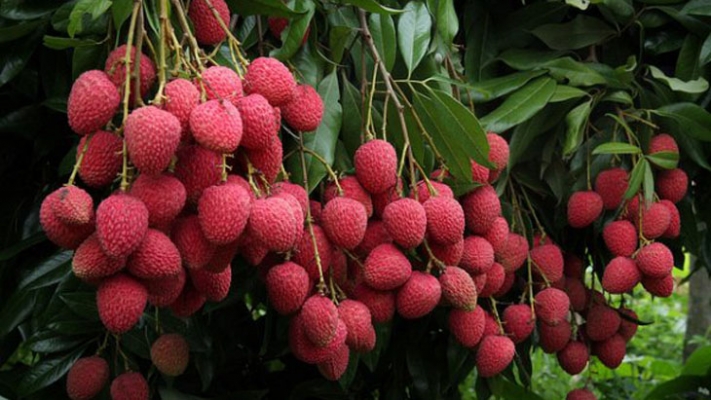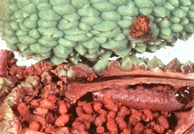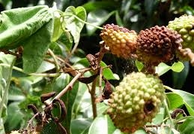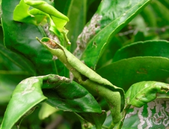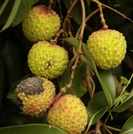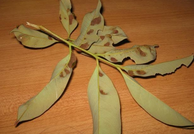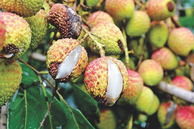General Information
It is a juicy fruit having excellent quality. It is a rich source of Vitamin C along with B complex Vitamin. Its origin is from Southern China. India is second largest producer of litchi in the World after China. In India its cultivation is restricted to Jammu and Kashmir, Uttar Pradesh, and Madhya Pradesh but due to increasing demand its cultivation is spread to other states like Bihar, Jharkhand, Chhattisgarh, Orissa, Punjab and Haryana, Uttaranchal, Assam, Tripura and West Bengal.

